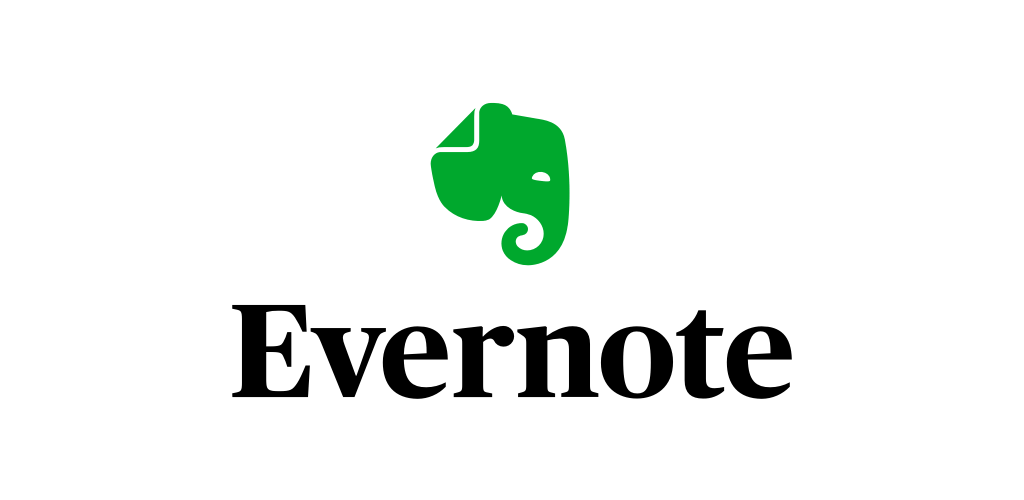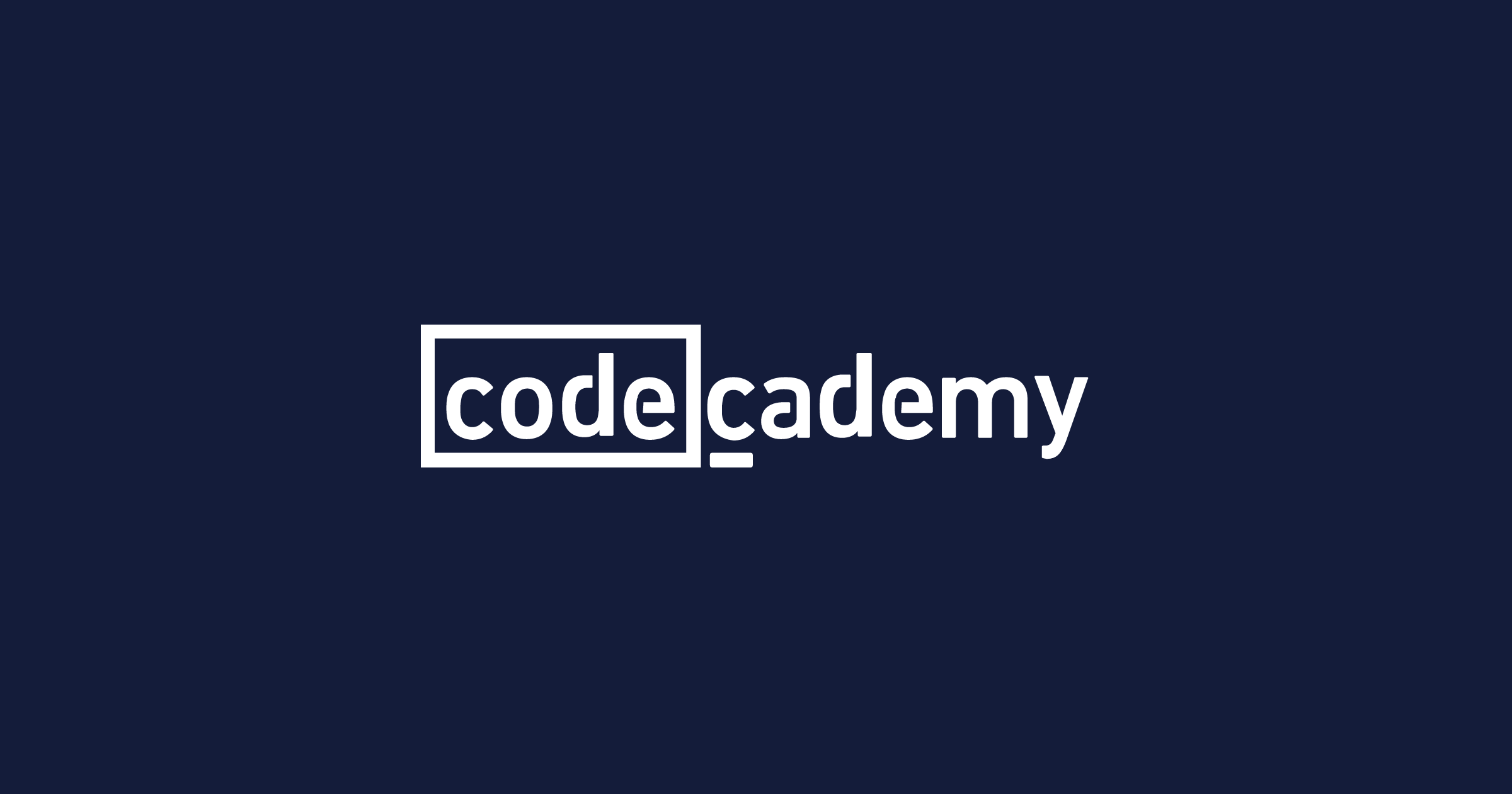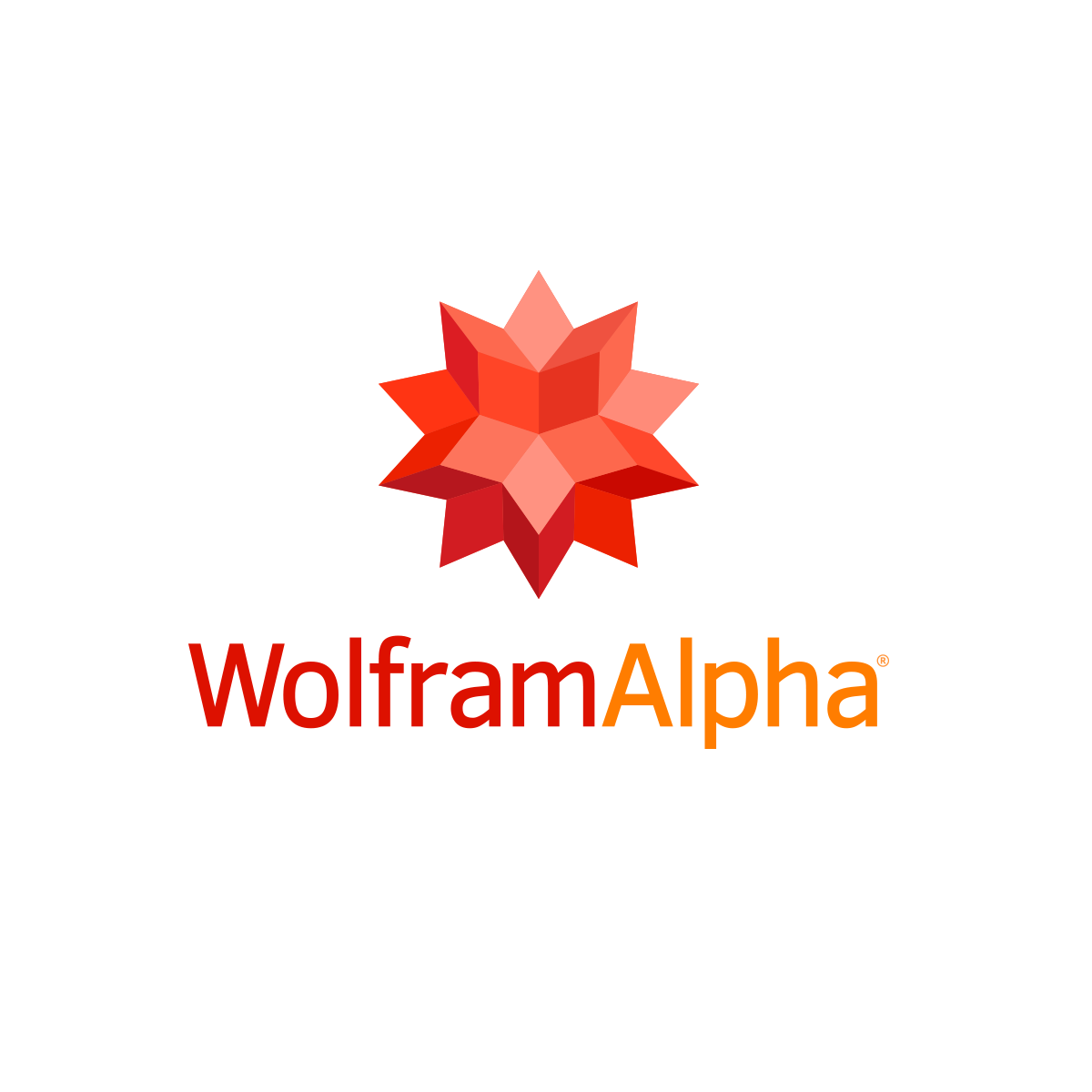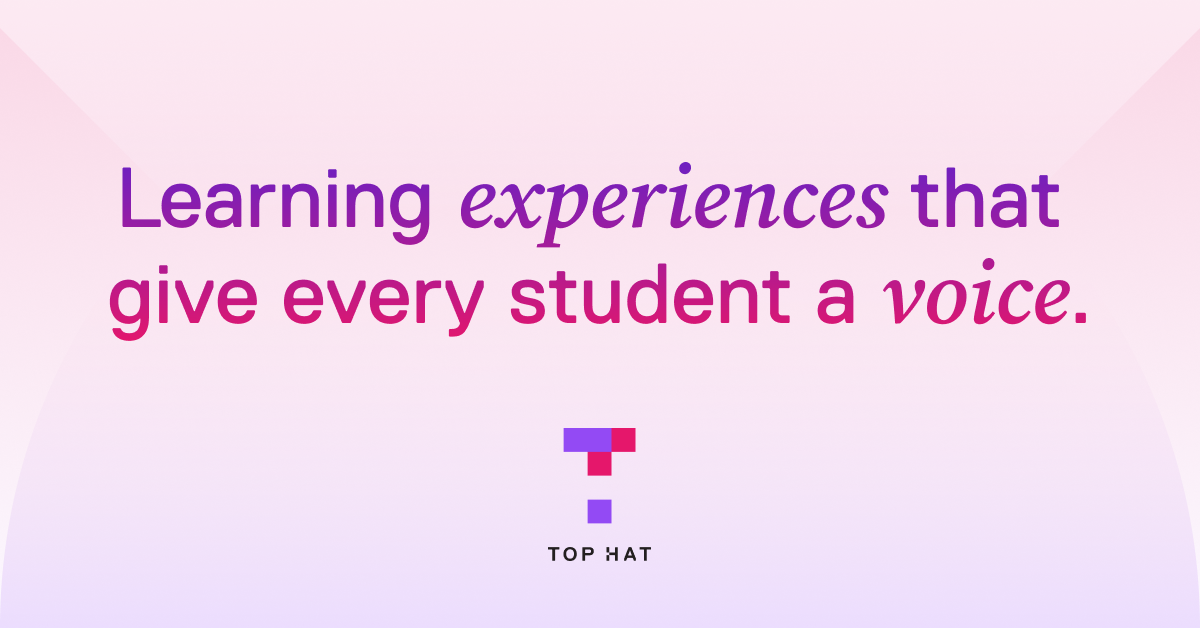Introduction
With the rise of digital learning, students and professionals today have access to an immense number of online study tools, platforms and resources. However, with so many options available, it can be difficult to determine which tools are truly effective and worth investing your time and effort in. In this blog, we aim to simplify this process by analyzing and ranking the 15 must-have study tools based on tangible evaluation criteria.
Methods of Evaluation
To evaluate and rank the top 15 study tools, we analyzed each tool based on the following criteria: user experience and design, effectiveness of pedagogy, breadth of course/content library, affordability of pricing plans, customer reviews and ratings, popularity in terms of user base and # of backlinks. We also examined third party reviews and content analyzing the learning outcomes of each tool. Tools with strong learning outcomes, high retention rates and greater adoption in academic institutions and workplaces were prioritized during the evaluation process.
1. Coursera
Coursera is a leading online learning platform that offers online courses, certificates and degree programs from top universities and companies worldwide. Founded in 2012, Coursera partners with over 200 institutions to provide education to over 80 million learners globally.
Pros: Some key advantages of Coursera include:
– Access to high-quality courses from top universities worldwide.
– Many individual courses available for free with verified certificates available for a fee.
– Wide range of topics and education levels from introductory to advanced.
– Flexible learning – courses can be taken online at your own pace.
Cons: One potential disadvantage is that advanced degrees and specializations may be costly compared to traditional university programs. While financial aid options are available, the costs are still significant for some learners.
Pricing: Pricing varies depending on the specific course or program. Many individual courses are available for free, while verified certificates typically range from $30-$100. Degree programs like Bachelor’s and Master’s range from $10,000-$20,000 in total costs.
Some key stats about Coursera include:
– Over 6,000 individual courses available across business, technology, health, humanities and sciences.
– Over 150 degree and certificate programs available.
– Courses from top institutions including Stanford, Yale, University of Michigan, Imperial College London and more.
2. Evernote
Evernote is a note taking and organizational app that allows users to take notes, clippings, photos and audio notes and access them from any device. By providing a centralized place to store information, Evernote aims to help users stay organized and productive.
Pros: Some key advantages of Evernote include:
– Organizes notes, documents, photos, web clippings in one place for easy access from any device
– Syncs notes across all devices automatically so information is always up to date wherever the user accesses their account
– Powerful search functionality allows users to easily find information across all notes, notebooks and attachments
Cons: One potential disadvantage of Evernote is that the free basic account only allows for two devices and 60MB of monthly upload. For heavy users who need additional storage or devices, an annual paid subscription is required.
Pricing: Evernote offers both free and paid premium plans. The free basic plan supports two devices with 60MB of monthly uploads. Premium subscriptions start at $7.99/month or $69.99 annually and remove upload restrictions while adding additional features like advanced encryption and offline note syncing capabilities.
Some key stats about Evernote include:
– Over 300 million user accounts created since launch
– Used in over 195 countries worldwide
– Available on all major computing platforms including Windows, Mac, iOS, Android, Web and Windows Phone
– Supports 7 different languages for the user interface
3. Khan Academy
Khan Academy is a free online education platform providing educational videos, interactive exercises and practice quizzes on many subjects. Founded in 2006, Khan Academy has grown to become one of the top online learning platforms around the world with over 80 million registered users.
Pros: Some of the key advantages of using Khan Academy include:
– Completely free to use with no sign-up or fees required
– Excellent for comprehensive subject review with educational videos
– Strong selection of practice quizzes and exercises in subjects like math, science and economics
– Mobile apps available making the content accessible anywhere
Cons: One potential disadvantage is the lack of structure for certain subjects compared to paid online courses or tutoring. Khan Academy is best suited for independent learning and review rather than a fully guided curriculum.
Pricing: Khan Academy offers all of its educational content completely free of cost. There are no fees, subscriptions or in-app purchases required to access videos, exercises and other learning materials on the platform.
Some key stats about Khan Academy include:
– Over 80 million registered users globally
– Available in over 40 languages
– Over 9,000 videos covering various subjects
– 10 billion practice exercises completed on the platform
4. EdX
EdX is an online learning platform founded by Harvard and MIT in 2012. It offers massive open online courses (MOOCs) from top universities like Harvard, MIT, Berkeley, etc. EdX aims to make education accessible and affordable for everyone around the world.
Pros: The key advantages of EdX include:
– It’s a non-profit platform so aims to provide high-quality education at affordable costs
– Learners can access courses from world’s top universities without having to pay high tuition fees
– The platform is very user-friendly and courses are well-structured and engaging
– A wide variety of courses are available on diverse topics both at introductory and advanced levels
Cons: The only major disadvantage is that since EdX courses are online, learners may miss out on the on-campus experience, interactions and networking available with traditional classes.
Pricing: Most introductory courses on EdX are completely free. For advanced courses or to receive a verified certificate, users need to pay a nominal fee which varies based on the course but is usually around $50-$100.
Some key stats about EdX:
– EdX partners with over 150 universities and organizations globally
– It has over 35 million users worldwide
– Offers over 3,000 online courses in subjects like computer science, biology, business, data science etc.
– Most introductory courses are free while advanced courses require a small fee for verified certificates
5. Notion
Notion is an all-in-one workspace for organizing your team’s notes, tasks, wikis, and more. It allows creating databases, kanban boards and wikis with customizable templates for various use cases. With Notion, you can organize your work into pages, comments, databases, and more with a beautiful interface and powerful formatting options.
Pros: Some key advantages of Notion include:
– Beautiful and customizable templates for various use cases like project management, documentation, content creation, and more.
– Powerful real-time collaboration features allow team members to work together seamlessly.
– Flexible interfaces that allow structuring information in tables, checklists, calendars, and more.
Cons: One potential disadvantage is that the free tier may have limited functionality and storage space for larger teams. Upgrading to a paid plan may be required as needs grow.
Pricing: Notion offers both free and paid tiers. The free tier includes access to basic features but has limitations like storage space and number of integrations. Paid ‘Team’ plans start at $4/user/month and unlock additional features like unlimited storage, integrations, and access management.
Some key stats about Notion include:
– Used by over 10 million people globally including top tech companies like Amazon and Atlassian.
– Won the Fast Company 2020 World Changing Ideas Award for best productivity app.
– Integrates with over 100 other apps including Google Drive, GitHub, Slack, and more.
6. DuoLingo
DuoLingo is a hugely popular free language learning app and website. Since launching in 2011, it has amassed over 500 million users worldwide who are using it to learn languages like Spanish, French, German, Portuguese, Italian and more. The app takes a gamified approach to language learning through short, effective lessons and by rewarding learning with points and levels.
Pros: Some key advantages of Duolingo include:
– It’s completely free to use with no paid upgrades required
– Gamified lessons and rewarding systems keep learning fun and engaging
– Contextual stories and conversations help cement grammar rules
– Effective design and bite-sized lessons fit easily into a daily schedule
– Large user base means you can learn with others around the world
Cons: One potential disadvantage is that without paying for additional tutoring features, it won’t make you fluent on its own. You need to supplement Duolingo lessons with real world conversations, media consumption and continued practice.
Pricing: DuoLingo’s basic features are always free with no ads or in-app purchases required. It offers two premium subscription tiers though:
– DuoPlus ($9.99/month or $79.99/year) removes ads and adds new features like offline access and goal-setting tools.
– DuoPlus with Tutoring ($19.99/month) includes all DuoPlus features plus online video tutoring sessions with a native speaker once a week.
Some key stats about DuoLingo include:
– Over 500 million users worldwide
– Available on desktop and mobile devices (Android and iOS)
– Supports over 30 different languages
– 5+ billion lessons completed
– Lessons come in 5-10 minute sessions that you can do daily
7. Grammarly
Grammarly is a writing AI tool that helps improve writing skills. It checks writing for grammar, spelling, punctuation, style, plagiarism, and more. Over 30 million people worldwide use Grammarly to enhance their writing.
Pros: Some key advantages of Grammarly include:
– Improves grammar, spelling and punctuation automatically as you type
– Provides contextual suggestions to enhance clarity, formality and style
– Checks for unintended similarities to existing online content that could indicate plagiarism
– Has both free and premium paid plans to meet different needs
Cons: One potential disadvantage is that Grammarly is an AI tool, so it won’t catch every error and occasionally misses context. For highly technical or creative writing, human editing may still be preferable.
Pricing: Grammarly has both free and paid premium plans. The free plan covers basic checking of spelling, grammar and plagiarism. The premium paid plans, starting at $29.95/month, unlock additional advanced features like tone/style adjustments, readability scores, vocabulary suggestions and native mobile apps.
Some key stats about Grammarly include:
– Used by over 30 million people worldwide
– Checks writing in multiple languages including English, Spanish, German, French, Italian and Portuguese
– Integrates with popular word processors and browsers like Microsoft Word, Google Docs, Outlook and more
– Checks documents in real-time as you write
8. Codecademy
Codecademy is an online interactive platform for learning coding and tech skills. Since its founding in 2011, Codecademy has introduced over 45 million people to the joys of coding with its beginner-friendly interactive lessons. Let’s take a closer look at what Codecademy offers.
Pros: Some key advantages of Codecademy include:
– Free interactive coding classes on subjects like web development, data science and more
– Beginner-friendly lessons teach concepts through building interactive projects
– Flexible learning – learn at your own pace on desktop or mobile
Cons: One potential disadvantage of Codecademy is that for more advanced, career-focused learning you need a Pro membership which has an associated cost.
Pricing: Codecademy offers both free and paid membership options:
– Free plan includes interactive coding classes and lessons
– Pro memberships start at $19.99/month or $239.88 annually which unlock career-focused learning paths and projects.
Some key stats about Codecademy include:
– Over 45 million users have learned to code on Codecademy
– Offers courses in 10 different coding languages and topics like web development, data science, machine learning etc.
– Has both free and paid Pro memberships
9. Mathematica
Mathematica is a computational software system created by Wolfram Research. It is used widely in many scientific and engineering fields for symbolic and numerical computation, data analysis and visualization. It features interactive computations in documents, programming, visualization, image processing and more.
Pros: Some key advantages of Mathematica include:
– Powerful capabilities for symbolic and numerical computation that allows for modeling complex systems.
– Strong visualization capabilities through interactive graphics and plotting of data.
– Programming functionality through the Wolfram Language allows for creating custom applications and workflows.
Cons: A potential disadvantage is the steep learning curve to become proficient in the Wolfram Language and take full advantage of Mathematica’s capabilities. It has a deeper learning curve compared to other technical computing platforms.
Pricing: Pricing for Mathematica starts at around $2,000 for an individual license. Volume licenses for academic and research institutions are also available, along with cloud hosting options on Wolfram Cloud.
Some key stats about Mathematica include:
– Used in over 50,000 academic institutions and research labs worldwide
– Over 12 million functions for computational chemistry, science, finance and many more domains
– Features symbolic computation and programming with the Wolfram Language
10. Wolfram Alpha
Wolfram Alpha is a computational knowledge engine or answer engine developed by Wolfram Alpha LLC. It is an online service that answers factual queries directly by computing the answer from externally sourced curated data, rather than providing a list of documents or web pages that might contain the answer as a search engine might. Some key facts about Wolfram Alpha include that it was developed by Stephen Wolfram and launched in 2009.
Pros: Some key advantages of Wolfram Alpha include:
– Computational knowledge engine answering factual queries directly by computing the answer rather than providing web search results.
– Provides step-by-step solutions to mathematical and scientific problems.
– Summarizes and visualizes data on various topics and domains like statistics, science, geography, history, finance and more.
Cons: One potential disadvantage is that Wolfram Alpha requires an internet connection to function since it computes answers dynamically online rather than having a standalone installed software. This means it cannot be used offline.
Pricing: Wolfram Alpha offers both free and paid premium plans. The basic usage including step-by-step workings for math and science problems is free. Paid premium plans which are subscription based unlock additional advanced features and capabilities.
Some key stats about Wolfram Alpha include:
– Over 150 million users every month.
– Provides computational expertise on hundreds of diverse topics.
– Works by generating dynamic datasets rather than searching large static data indexes or repositories like search engines.
11. Cengage
Cengage is a leading provider of digital learning materials for higher education. Their digital learning platform provides textbooks, online courses and other study materials across many subjects including business, healthcare and STEM. Students can access their materials online as well as use assessment questions, lecture slides and collaborative tools to support their study.
Pros: Some key advantages of using Cengage include:
– Wide range of affordable digital textbooks and courses available on their learning platform.
– Interactive study tools like self-assessment quizzes, flashcards and collaborative activities.
– Easy to access materials from any device with an internet connection.
– Partnership with instructors ensures materials are up-to-date and aligned with course needs.
Cons: One potential disadvantage is that as a large company, Cengage may not be able to respond as quickly to individual requests compared to smaller competitors.
Pricing: Cengage offers a few different subscription plans for students depending on their needs. Some popular options include:
– Monthly subscription for $7.99 per month, which provides access to a small selection of online textbooks.
– Annual subscription for $119.99 per year, which unlocks the full library of online textbooks and study tools.
Some key stats about Cengage include:
– Over 25 million students have used Cengage materials worldwide.
– Offers course materials for over 120 disciplines including Biology, Economics, Engineering and Psychology.
– Partners with over 20,000 faculty members to develop custom course materials.
12. Quizizz
Quizizz is an education technology company that provides a formative assessment platform to help make every lesson engaging and promote student mastery. Founded in 2015 and headquartered in San Francisco, Quizizz’s mission is to motivate every student worldwide to learn through fun and meaningful competition.
Pros: Some key advantages of Quizizz include:
– Ability to create engaging quizzes, surveys and tests easily with a simple drag-and-drop interface
– Real-time competitive and cooperative gameplay modes like Classic, Team, and Tournament to make learning social
– Detailed analytics and reporting to track student performance and progress
Cons: One potential disadvantage is that the free version has some limitations on features like number of questions allowed and user accounts. However, pricing for expanded access and premium features is reasonable.
Pricing: Quizizz offers both free and premium paid plans. The free individual teacher account allows for creating a limited number of questions and other restrictions. Premium annual plans start at $48/teacher or $99/school for expanded features and access.
Some key stats about Quizizz include:
– Over 50 million students worldwide use Quizizz each month
– Users across 190+ countries
– Supported in over 40 languages
– Over 10 million quizzes, lessons and activities created on the platform
13. Brainscape
Brainscape is an online flashcard tool that utilizes spaced repetition to help users learn and retain information. With over 50 million study decks created across various topics, Brainscape has become one of the most popular digital flashcard tools. Users can access pre-made decks or easily create their own to study on the website or mobile apps.
Pros: Some key advantages of Brainscape include:
– Allows easy creation of digital flashcards for any topic
– Utilizes spaced repetition which schedules cards based on how well you know them to optimize long-term retention
– Available on web and iOS/Android apps for flexible studying anywhere
– Large library of pre-made decks across many subjects created by users
Cons: One potential disadvantage is that the spaced repetition algorithm works best with consistent study over long periods of time. Therefore, it may not be ideal for cramming large amounts of information right before an exam.
Pricing: Brainscape offers both free and premium subscriptions. The free version provides access to basic features while premium subscriptions unlock additional functionality starting at $29.99/year.
Some key stats about Brainscape include:
– Over 50 million study decks created across various subjects like languages, science, and test prep
– Used by millions of students, professionals and lifelong learners monthly
– Spaced repetition algorithm is proven to double learning results compared to traditional memorization
14. Socrative
Socrative is an engaging formative assessment platform that allows teachers to create and conduct interactive tests, polls and quizzes to check student understanding in real-time. Founded in 2011, Socrative aims to make formative assessment fun and easy by enabling the use of any internet-enabled device like laptops, tablets or smartphones.
Pros: Key advantages of Socrative include: Engaging formative assessment platform for use in classrooms, Teachers can create and conduct MCQ tests and polls using various devices, Provides real-time reports and analytics on student progress.
Cons: A potential disadvantage is that the free version has limited functionality compared to the paid tiers which may require upgrading for advanced features and support.
Pricing: Socrative offers a free Basic plan as well as premium Pro and Enterprise tiers priced starting at $99 per year for the Pro plan. The pricing unlocks additional features like integrated lesson plans, assignment creation and unlimited assessmtents.
Some key stats about Socrative include: Used by over 5 million educators worldwide, available in 8 languages, over 500 million assessments have been administered on the platform, compatible with all major browsers and devices.
15. Top Hat
Top Hat is an active learning platform for higher education that enables faculty to add engaging elements like polling, automated grading and multimedia to their course delivery. Used in over 1,700 colleges and universities, Top Hat aims to facilitate active learning through interactive classroom questions, discussions and assessments.
Pros: Key advantages of the Top Hat platform include:
– Engaging classroom response system used widely in higher education
– Facilitates active learning through polling, questions and discussion
– Includes analytics, assignment creation and collaboration features
Cons: One potential disadvantage is that the top features of Top Hat require a paid subscription versus being available for free.
Pricing: Top Hat offers both annual campus-wide site licenses for institutions as well as individual course pricing. Plans start from around $50 per course annually for basic features to $200+ per course for premium features and unlimited access.
Some key stats about Top Hat include:
– Used in over 1,700 colleges and universities worldwide
– Over 6 million students have used the Top Hat platform
Conclusion
By leveraging key evaluation metrics like popularity, learning outcomes and user experience, this blog aims to be a definitive resource for students, learners and professionals to identify the most effective study tools in 2023. While the top rankings may change with time, the evaluation criteria provides a robust framework to continuously analyze and recommend the best digital learning solutions. We hope this guide helps you find the right study companions to boost your knowledge, skills and ultimately achieve your goals.
















